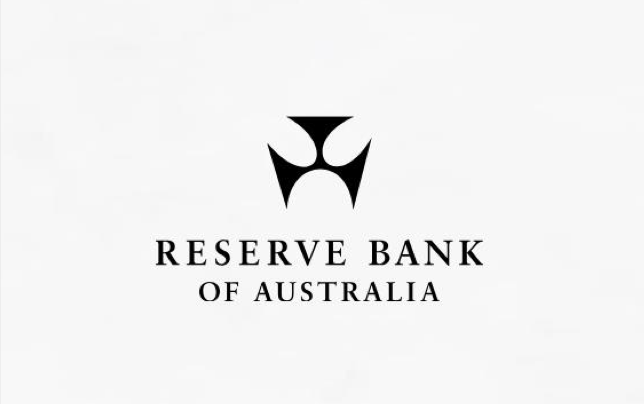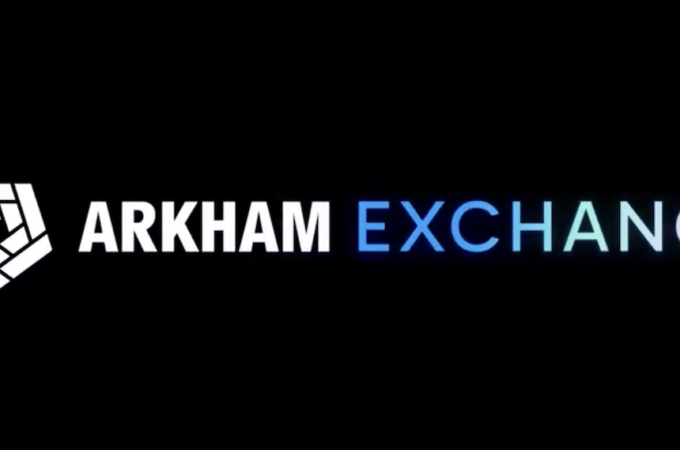
Mobile Payments Programs Are on the Rise Among Major Market Participants
By Elena Mesropyan for LTP
The payments industry around the world has been steadily rising as the hottest and most financially attractive segment within FinTech. Mobile payments, in particular, are on the verge of explosive growth and adoption in the coming years.If in 2015, US mobile payments transactions reached approximately $8.7 billion, by 2019, the number is expected to hit $142 billion. Meanwhile, the number of Europeans regularly using a mobile device for payments has tripled since 2015 from 18% to 54%.
This is truly a time of a ‘gold rush’ and all kinds of market participants are now jumping on the bandwagon – financial institutions, technology startups and large tech corporations, mobile phone manufacturers, etc.
Financial institutions, in particular, are expressing strong interest in mobile payments and launching proprietary mobile payments solutions one after another. In fact, ~55 banks around the world have already started programs that support mobile pay services, out of which around 42% of mobile pay solutions were launched by European institutions with Central and Eastern Europe leading the pack.
International institutions like Chase (QR-code based payment service), Mastercard (Masterpass QR), Citibank (Citi Pay) and many others are investing in mobile pay solutions to remain relevant to the modern mobile consumer. The move can be explained by such factors as increasing reliance and use of mobile devices (average smartphone usage grew 43% in 2015) for various purposes including shopping, increasing the share of e-commerce sales in total retail sales and other variables.
Cost-efficiency is also an important reason for the development of mobile payments solutions. Back in 2014, research suggested that adopting mobile payments instead of credit cards, checks and cash could boost the UK’s retail sector by about £1 billion. As explained by the Finance Magnates, the primary reason for this boost in revenue was attributed to the increased speed in checkout times – by simply placing a mobile device over the contactless payment terminal instead of customers having to hand over cash, then waiting to receive the correct change back, the whole transaction process is reduced to seconds.
According to the study by Wirecard and Mobile Ecosystem Forum (MEF), social media is expected to emerge as a key opportunity for mobile payments, especially in growth markets where feature phones are still dominant. The study found that a quarter (25%) of feature phone users say that a social media page is their number one destination for mobile commerce ahead of 15% of smartphone users.
Financial institutions are not alone in realizing the value of mobile pay solutions; other big marines are mentioned – earlier technology companies, which appear to be highly successful in their quest of gaining market share. Apple, Google, PayPal and Samsung are among the leading tech companies with a significant share in the mobile payments market.
With major smartphone brands and financial institutions making a big entrance into the mobile payment business, the total revenue of the worldwide mobile payment market in 2015 reached $450 billion, according to TrendForce. By the end of 2016, the total revenue is estimated to hit $620 billion, representing a massive growth of 37.8% YoY.
Overall, there is no lack of innovative solutions to ensure the rapid growth and success of mobile payments adoption. There is, however, a risk that an increasing number of market participants will fragment the market to the point when no one will be able to reach a level of adoption that will make business sense to sustain. The highly fragmented market of mobile payments has been noted as an obstacle to smooth customer experience and an inhibitor to adoption. Nonetheless, financial institutions and tech players are rushing to offer a service that is expected to rise in demand and usage.
First appeared at LTP





